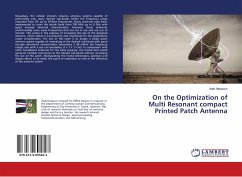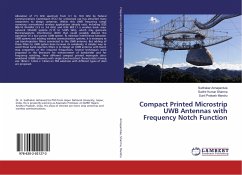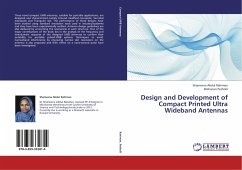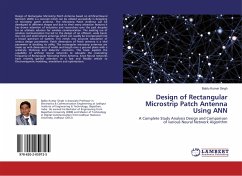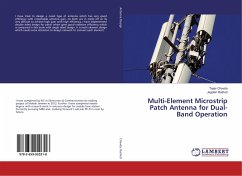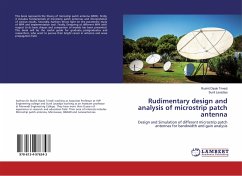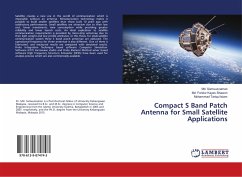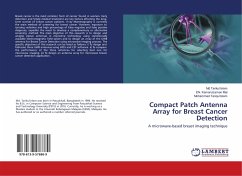Nowadays, the cellular industry requires antenna systems capable of performing over many desired sub-bands within the frequency range extended from LTE up to Wi-Max frequencies. Many antennas have been implemented to cover the whole band from 700 MHz up to 6 GHz with good enough electrical characteristics; however, these antennas unfortunately cover some frequencies that are not in use and are out of interest. This comes in the expense of increasing the size of the designed antenna, which makes it inconvenient and impractical for the applications under consideration. The aim of this work is to design a single patch antenna system capable of resonating at the desired sub-bands with good enough directional characteristics (exceeding 3 dB within the frequency range) and with a size not exceeding (7 x 7 x 1) cm3. In comparison with other broadband antennas for the same purpose, the fractal slots would generate multiple resonances at the desired sub-bands without increasing the size of the patch. Manipulating the fractal dimensions, positions and shapes allows us to select the point of resonance as well as the efficiency of the antenna system.
Bitte wählen Sie Ihr Anliegen aus.
Rechnungen
Retourenschein anfordern
Bestellstatus
Storno

